The arrival of a new generation of graphics cards at NVIDIA always follows a well-established strategy, with the most powerful models launched first, followed by mid-range GeForces and finally ending with the entry-level models. Blackwell is no exception to this rule: after the GeForce RTX 5090 and 5080 released in January, then an RTX 5070 Ti marketed since the end of February, it is the turn of the GeForce RTX 5070 to make its appearance in NVIDIA's catalog. This one is positioned in the mid-range, the manufacturer seeking to attract an audience eager to take advantage of the latest technological innovations without having to break their PEL.
Unlike its big sister exclusively offered by the manufacturer's partners, NVIDIA has chosen to also market its own model, still stamped Founders Edition. This test is therefore an opportunity to discover what this mid-range graphics card offered at a recommended retail price of 649 euros really has in store, and whether the Blackwell architecture remains relevant in this market segment.
GeForce RTX 5070: Blackwell arrives in the mid-range
NVIDIA's GeForce RTX 5070 incorporates all the improvements and new features provided by the Blackwell architecture. TheCUDA cores have been redesigned to increase the number of instructions per cycle (IPC), but also to allow the simultaneous execution of single-precision floating-point (FP32) and 32-bit integer (INT32) operations on all the cores of a stream multiprocessor (SM). Raw performance is therefore higher compared to the previous generation Ada architecture, where only half of the SM cores could handle INT32 operations.
The fourth-generation RT cores also mark a notable advancement in the field of ray tracing by integrating specialized hardware for advanced features. For example, the triangle cluster intersection engine has been improved for more efficient processing of complex scenes. The AI Management Processor (AMP) manages the scheduling of AI-related tasks to ensure that they do not interfere with traditional graphics rendering. The fifth-generation Tensor cores also take a new step forward by introducing support for the FP4 data format, offering increased throughput for inference and artificial intelligence operations.
Like its big sisters, the RTX 5070 also benefits from DLSS 4 and its new AI model based on transformers which replaces the previous model based on convolutional neural networks (CNN). More powerful but slightly more demanding in terms of hardware resources, this AI model promises better pixel stability, reduced ghosting artifacts, greater richness of details in motion and smoother edges. Multi Frame Generation is of course supported by this RTX 5070. This feature allows to generate up to three additional frames for each fully rendered frame, which allows to significantly multiply the framerate.
| GeForce RTX 5070 Ti | GeForce RTX 5070 | GeForce RTX 4070 Ti Super | GeForce RTX 4070 | |
|---|---|---|---|---|
| Graphics Chipset | GB203 | GB205 | AD103 | AD104 |
| CUDA Cores | 8960 | 6144 | 8448 | 5888 |
| Cores Tensor (AI) | 5th generation 1406 AI TOPS | 5th generation 988 AI TOPS | 4th generation 706 AI TOPS | 4th generation 466 AI TOPS |
| Raytracing cores | 4th generation 133 TFLOPS | 4th generation 94 TFLOPS | 3rd generation 102 TFLOPS | 3rd generation 67 TFLOPS |
| Boost frequency | 2.45 GHz | 2.51 GHz | 2.61 GHz | 2.47 GHz |
| Base frequency | 2.30 GHz | 2.32 GHz | 2.34 GHz | 1.92 GHz |
| Memory | 16 GB GDDR7 | 12 GB GDDR7 | 16 GB GDDR6X | 12 GB GDDR6X |
| Memory interface | 256-bit | 192-bit | 256-bit | 192-bit |
| Bandwidth memory | 896 GB/s | 672 GB/s | 672 GB/s | 504 GB/s |
| Encoder video (NVENC) | 2x 9th Gen | 1x 9th Gen | 2x 8th Gen | 1x 8th Gen |
| Video Decoder (NVDEC) | 1x 6th Gen | 1x 6th Gen | 1x 5th Gen | 1x 5th Gen |
Designed to replace the RTX 4070 and 4070 Super in the manufacturer's catalog, the GeForce RTX 5070 is based on a GB205 graphics chipset engraved in 5 nm by TSMC with a 4N process specific to NVIDIA cards. This chip integrates approximately 31 million transistors on a surface area of 263mm². It integrates a 40 MB L2 cache and groups 6144 CUDA cores distributed on 48 active stream multiprocessors (SM) out of the 50 present on the chip. The GB205 chipset also embeds 48 4th generation RT cores, 192 5th generation Tensor cores, 192 texturing units (TMUs) and exploits all 80 rendering units (ROPs) available on the chip. The core’s base frequency is set at 2165 MHz, with a boost capability of up to approximately 2510 MHz.
The 12 GB of GDDR7 memory benefit from a 192-bit wide bus interface, while the RTX 5070 Ti benefits from a 256-bit bus. This configuration still allows to reach a memory bandwidth of 672 GB per second, thanks to an effective memory speed of 28 Gbps. The card finally benefits from a revamped and improved video engine, now supporting the AV1 UHQ standard and offering double the performance in H.264 encoding compared to the previous generation.
The GeForce RTX 5070 Founders Edition in detail
NVIDIA's GeForce RTX 5070 Founders Edition sports a neat and compact design, characterized by an elegant dark finish that is similar to that of the other GeForce RTX 50 Series. The card occupies two PCI-Express slots and measures 242 mm long and 112 mm high, making it compatible with most standard PC cases. The card's minimalist design, with its metal shroud and two axial fans, gives it a pleasant and understated aesthetic. Unlike some third-party models and as is the case for all Founders Edition models, this RTX 5070 from NVIDIA does not have any lighting or RGB flourishes.
Its dual-fan cooling system has been designed to ensure the most efficient heat dissipation possible. The thermal design of the Founders Edition of the RTX 5070 has also been revised and integrates elongated heat pipes which ensure the cooling of the GPU, the voltage regulation stage and the memory chips. Cutouts on both sides of the backplate have been incorporated to more efficiently direct airflow and maintain stable operating temperatures.
This approach differs from the RTX 5080 and 5090 Founders Edition, which use liquid metal and a vapor chamber for cooling the graphics chipset. Instead, we have a phase change thermal interface material: offering a longer life than traditional thermal paste, the latter is potentially slightly less efficient in terms of immediate heat dissipation.
The RTX 5070 uses a standard PCI-Express 5.0 x16 interface and a 16-pin PCIe power connector; set back and angled for easy cable management. A Y-adapter included with the card still allows it to be used with “older” power supplies that don’t have a 12VHPWR connector. One output HDMI 2.1b and three DisplayPort 2.1a ports are finally present on the back of this GeForce RTX 5070 Founders Edition.
NVIDIA GeForce RTX 5070 FE: what performance in gaming?
To test this GeForce RTX 5070 Founders Edition, we once again used a configuration adapted to the gaming market, powerful enough to let the graphics card express itself. It features an AMD Ryzen 9 7950X processor, an Asus ROG Strix X670E-F Gaming WiFi motherboard, 32 GB of DDR5-5200 memory from Kingston in CL16, a BeQuiet! Pure Power 11 FM 1000W power supply, a BeQuiet! Pure Loop 2 FX 240 cooling system and a Samsung 990 Pro 4 TB SSD, all installed in a BeQuiet! Pure Base 500. The measurements were carried out with the case closed in order to obtain values similar to those that any gamer would obtain at home.
The range of games used to measure the performance of this graphics card includes more or less recent and demanding titles, based on various 3D engines: Cyberpunk 2077 (REDengine 4), Black Myth: Wukong (UE5), Hogwarts Legacy (UE4), Forza Motorsport (ForzaTech), Marvel Rivals (UE5), Shadow of the Tomb Raider (Foundation) and The Riftbreaker (Schmetterling). The measurements were carried out under Windows 11 24H2 in Full HD, QHD and 4K UHD with different graphics settings; However, only QHD and UHD definitions are relevant given the power of the card.
Performances en QHD
The GeForce RTX 5070 Founders Edition is positioned as an ideal solution for gaming in QHD (2560×1440 pixels) with graphics settings set to maximum, including ray tracing. Its raw power allows it to efficiently handle the latest and most demanding titles at this definition.
Performances en 4K
In4K (3840×2160 pixels), this RTX 5070 seems to struggle a little more: while it manages to offer a satisfactory gaming experience in many titles, some very demanding games will require reducing the graphics settings to maintain a sufficient framerate.
Performances en DLSS et avec la Multi Frame Generation
Cyberpunk 2077 UHD 4K
Hogwarts Legacy UHD 4K
Marvel Rivals UHD 4K
DLSS4 and especially Multi Frame Generation really take the strain off the RTX 5070 when it comes to playing in 4K. Performance depends on the titles and settings used, but these technologies really improve the gaming experience, especially in the most graphically demanding titles.
Our opinion on noise and consumption
Under load, the card manages to keep the GPU temperature at a reasonable level, demonstrating the efficiency of the cooling system. On the other hand, while the RTX 5070 Founders Edition doesn’t qualify as “loud,” the noise level under full load is high enough to be potentially annoying for users who are more sensitive to noise. Fortunately, when idle or with light workloads, the fans shut down, providing total silence.
The GeForce RTX 5070 Founders Edition boasts a TGP of250W. This is reasonable for the level of performance offered, but represents a slight increase over the 200W of the RTX 4070. In gaming tests, measured power consumption is generally around this value, with possible spikes depending on the workload.
RTX 5070: and overclocking in all that?
As with previous generations of NVIDIA graphics cards, it is possible to adjust the GPU and memory frequencies via third-party software such as MSI Afterburner. NVIDIA does, however, impose a software limit on memory overclocking, set to a maximum of +375 MHz. Overclocking results may vary from card to card due to the variability of chip production, but it is not impossible to achieve a GPU Boost frequency of around 3150 MHz.

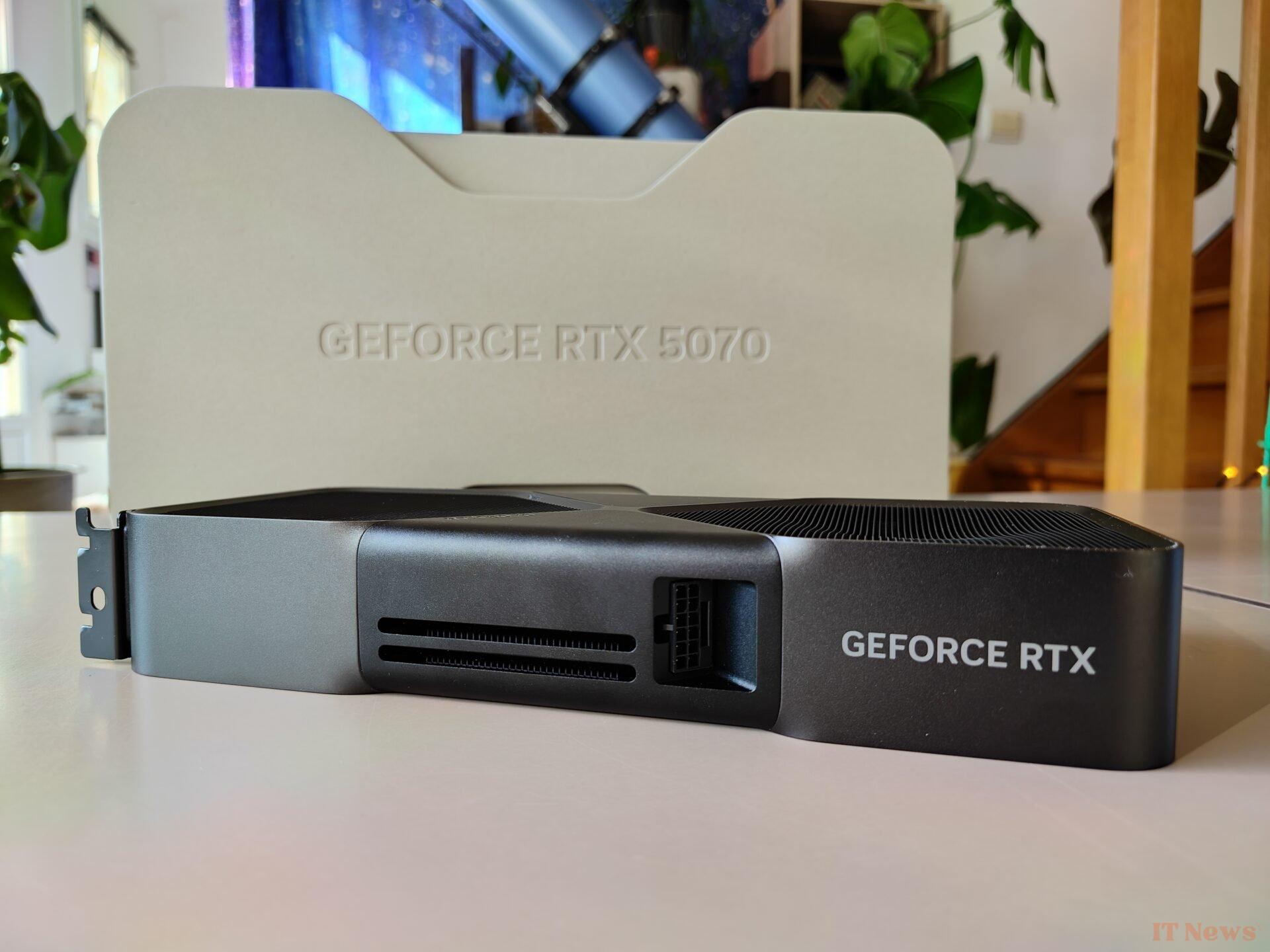
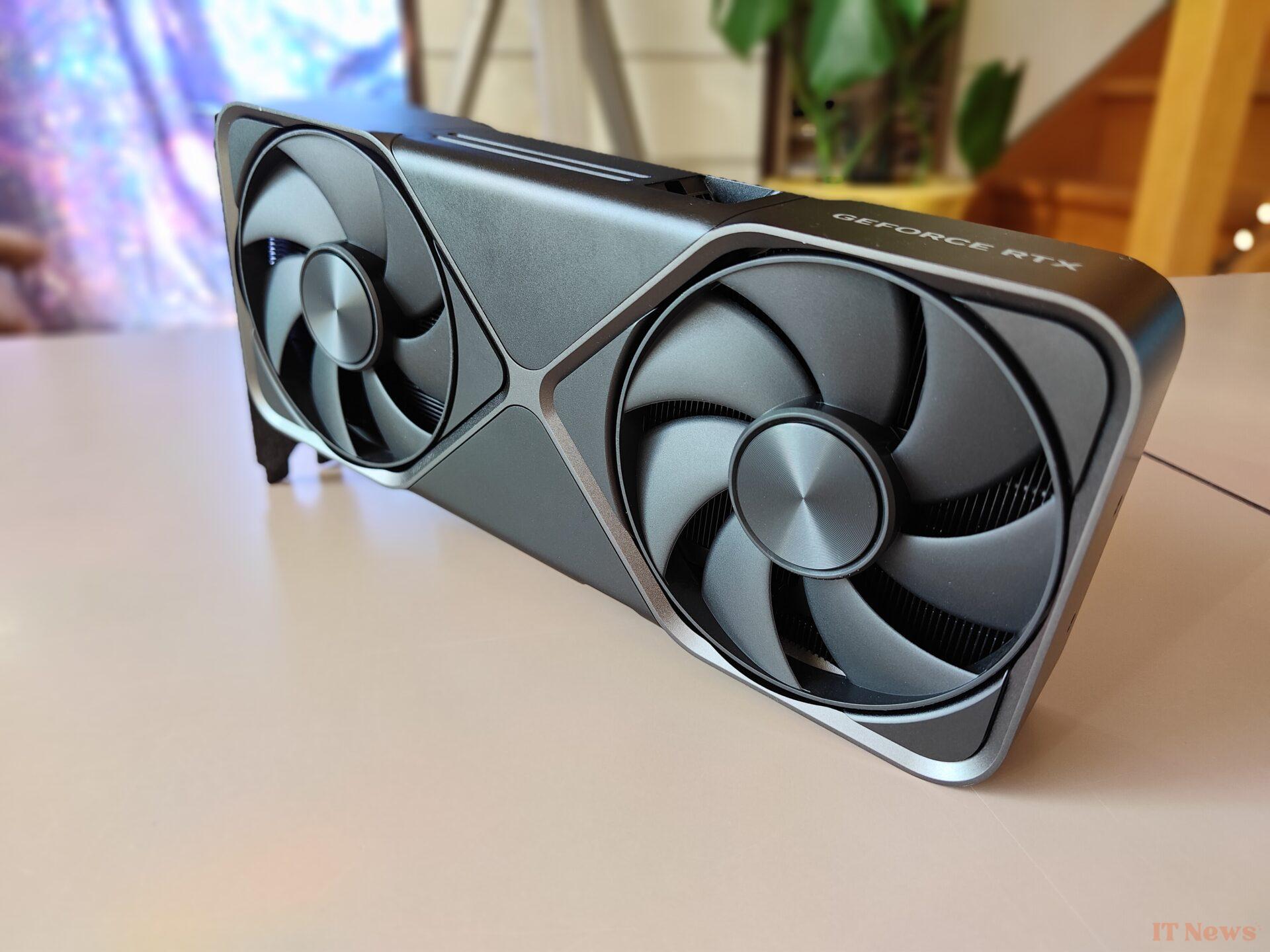
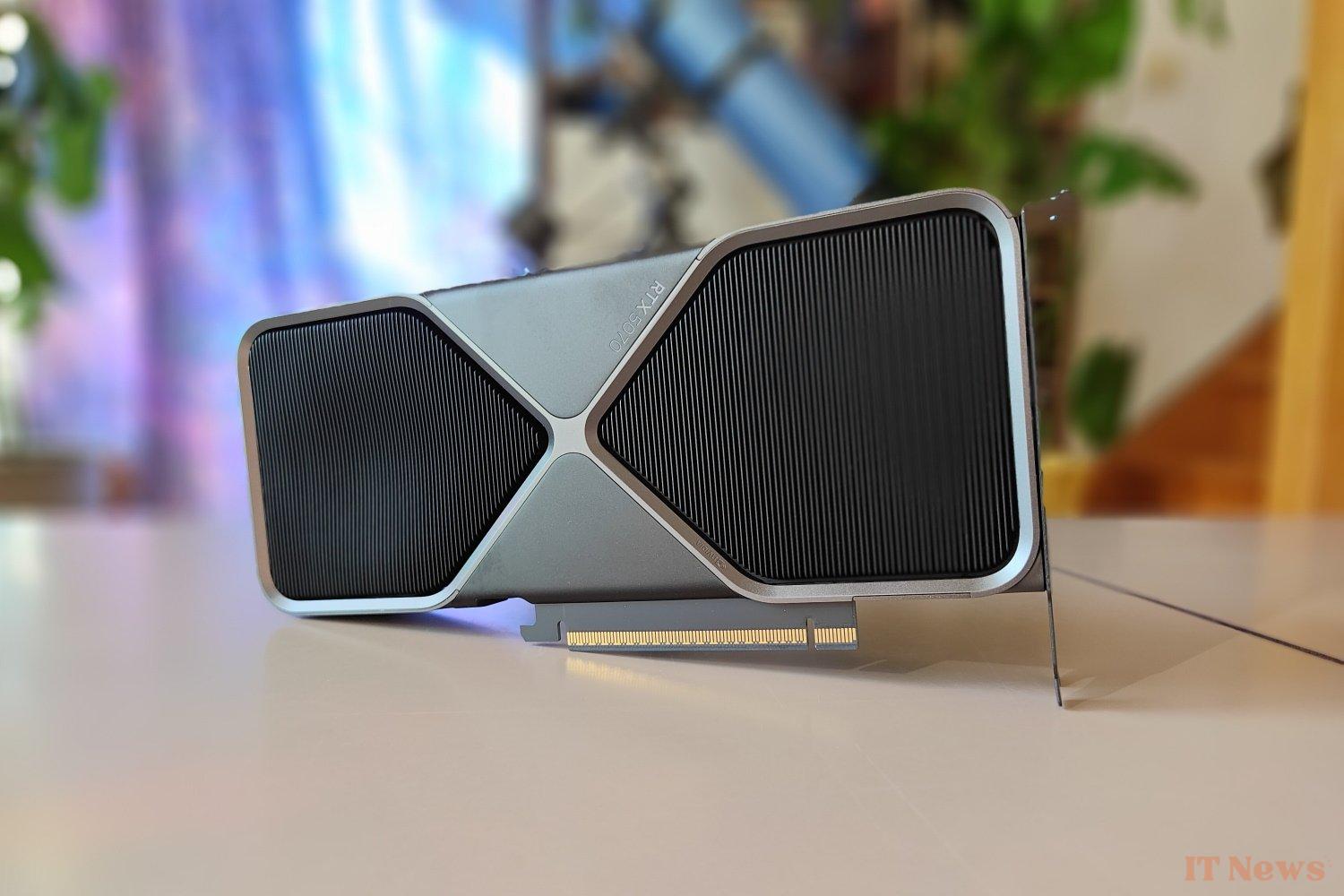
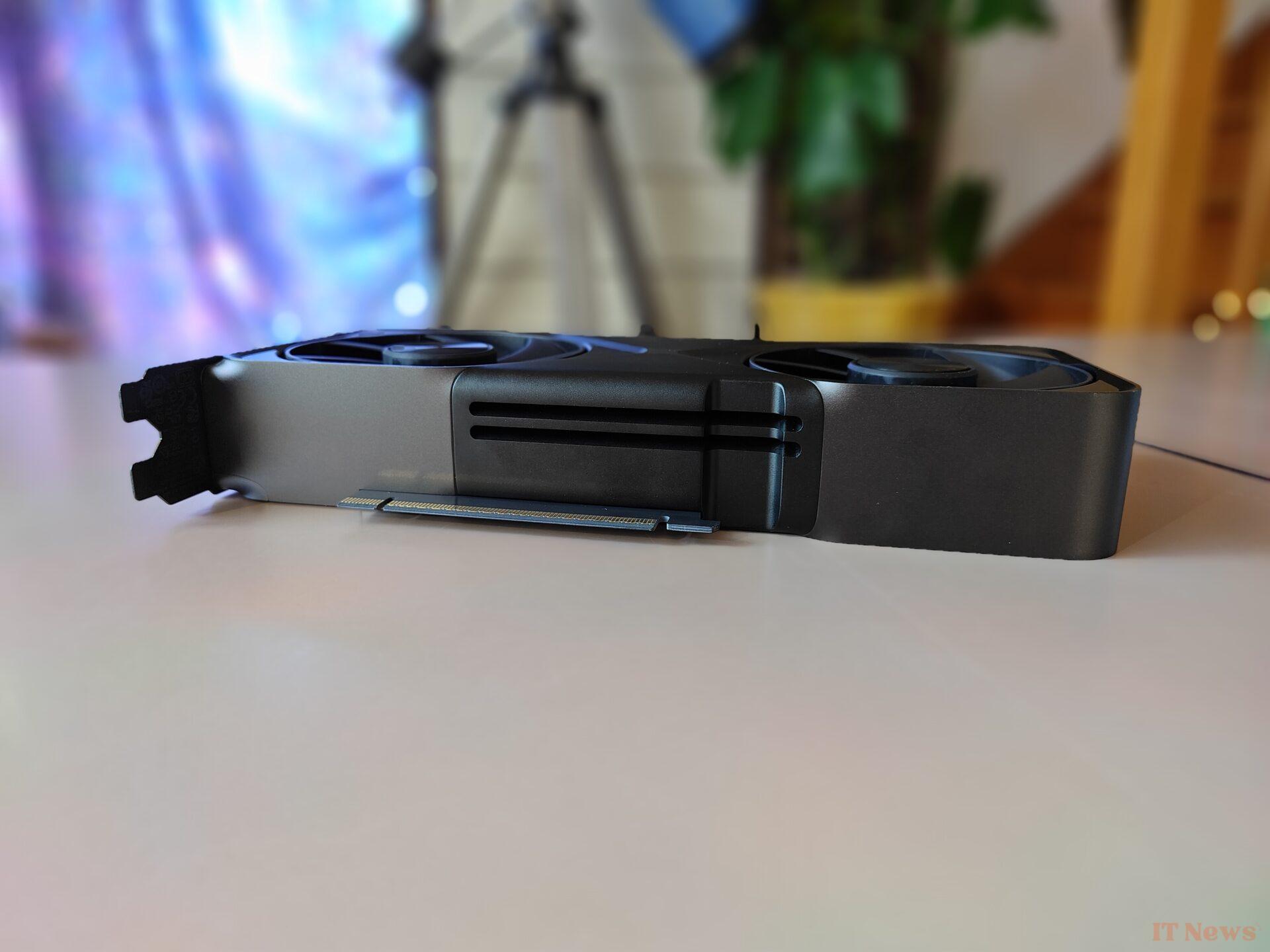
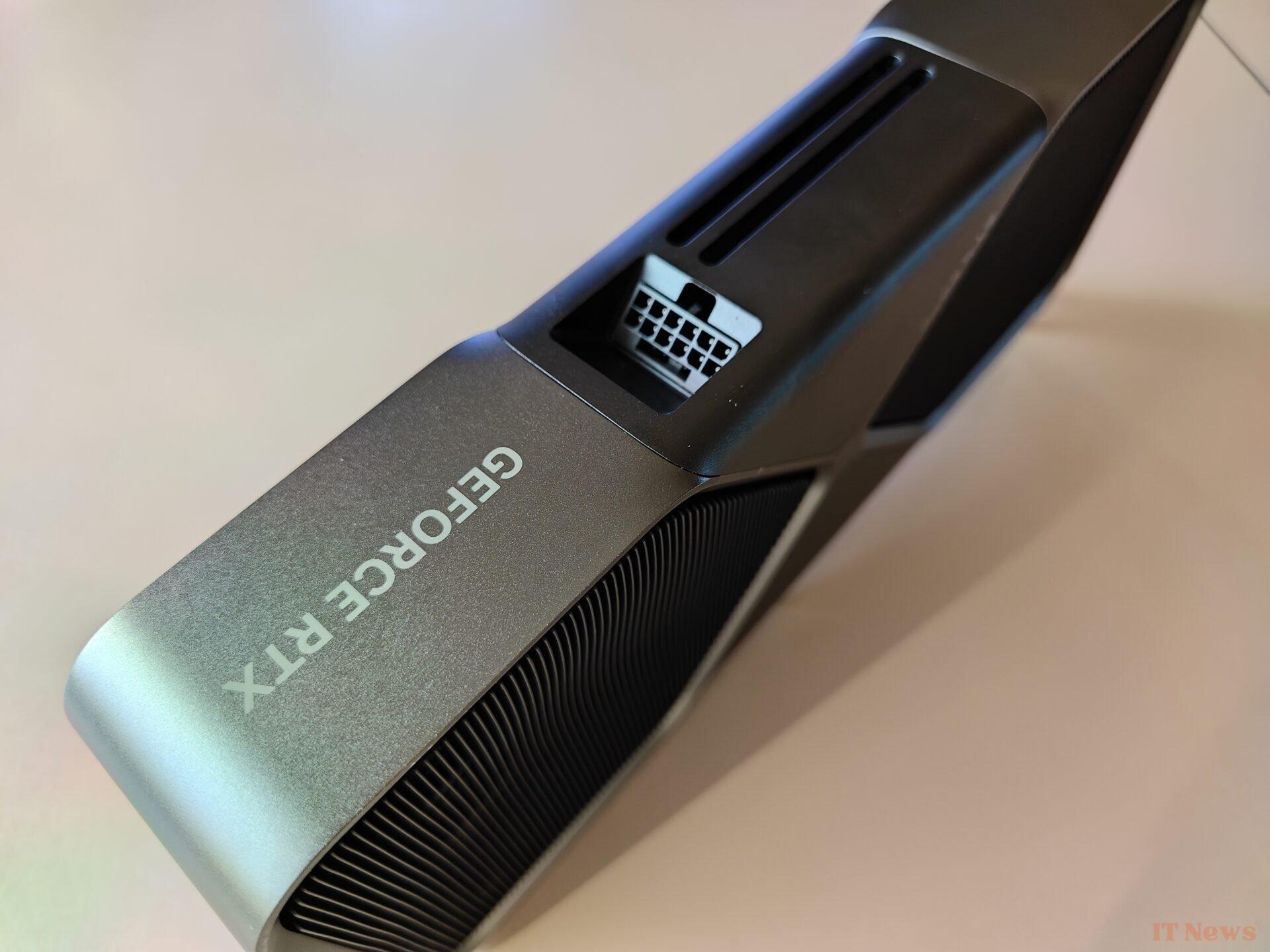
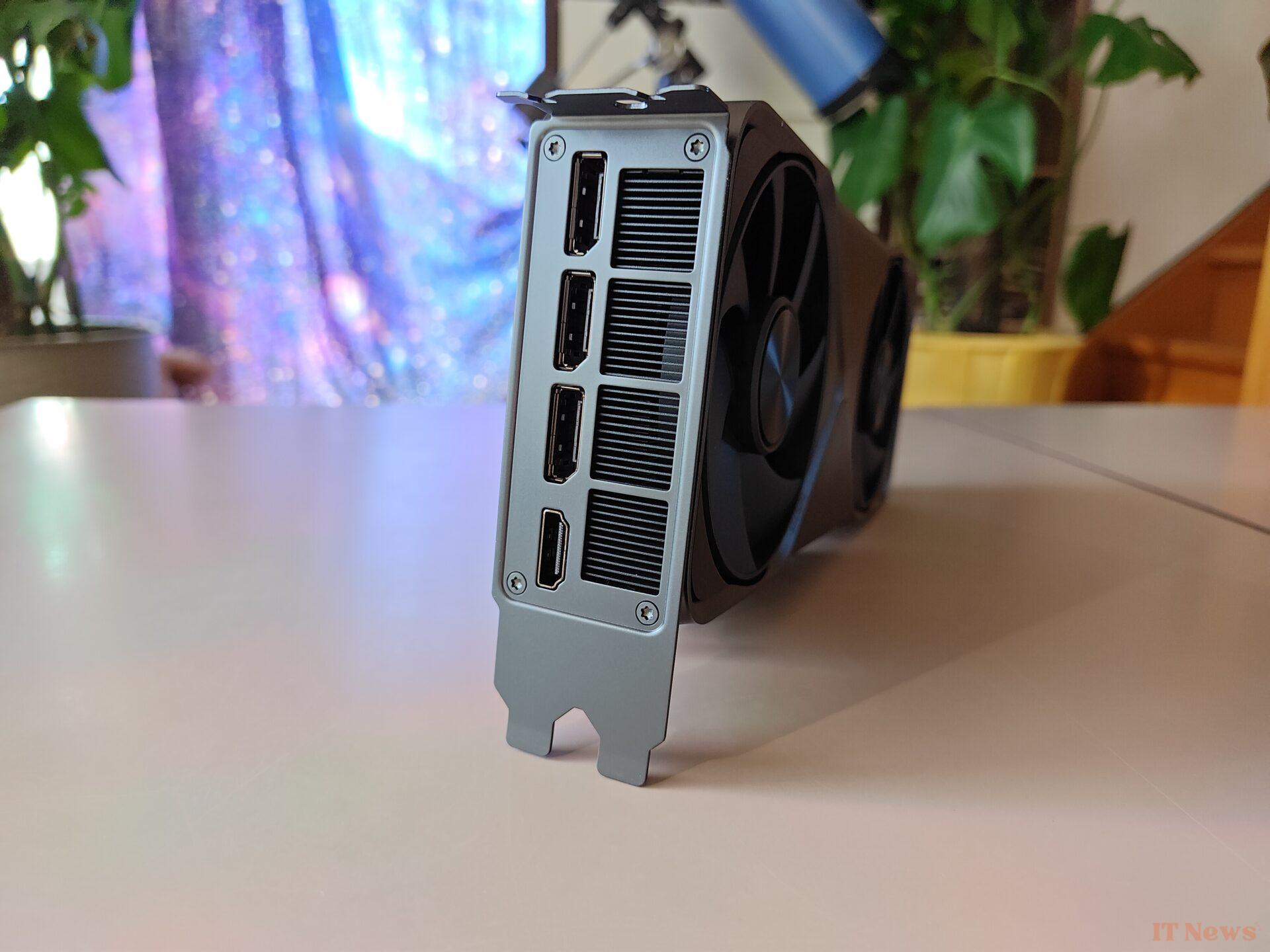
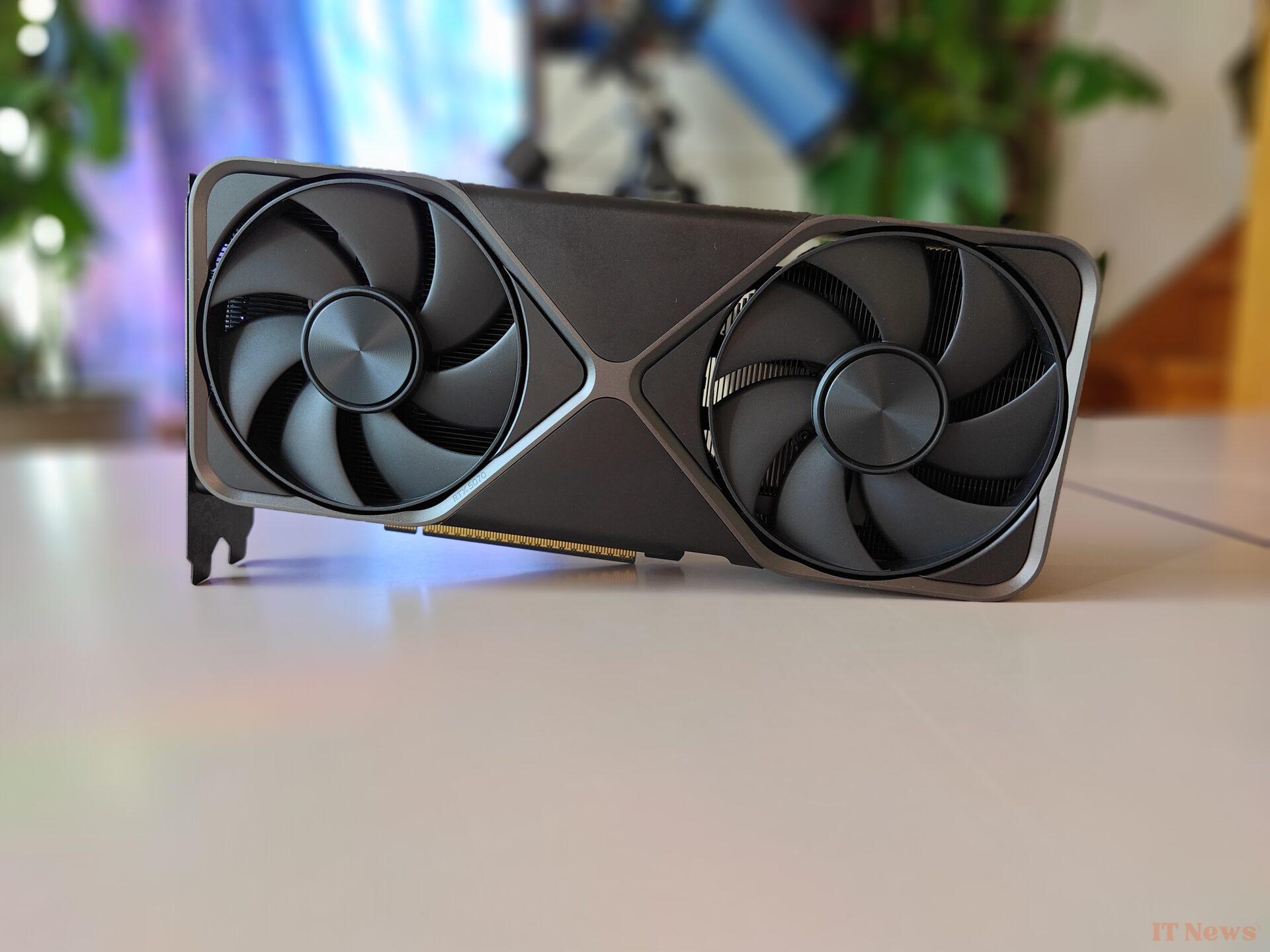

0 Comments